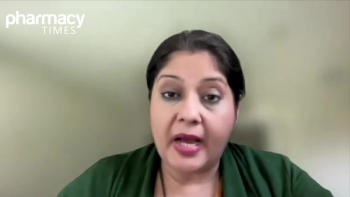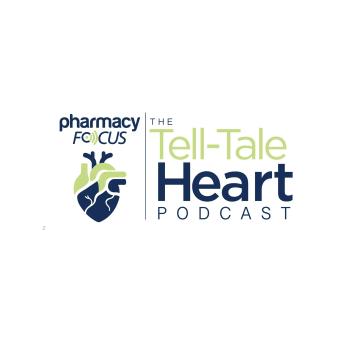
The Big Picture Moving Forward as a Hospital, Health System
Pharmacy Times spoke with Carina Dolan, PharmD, Editor in Chief of the Pharmacy Market Outlook, about the highlights and the big picture moving forward for hospitals and health systems.
We spoke with Carina Dolan PharmD, Editor in Chief of the Pharmacy Market Outlook, about the highlights and the big picture moving forward for hospitals and health systems.
Jill Murphy, Associate Editor: I really wanted to talk to you about this pharmacy market outlook that you helped to write. And I wanted to just ask you first, what were the key findings in this pharmacy market outlook report that should be highlighted, such as anything related to remdesivir, or at a minimum?
Carina Dolan: Yeah, so the pharmacy market outlook report is really an aggregation of our Vizient Pharmacy Program participant member spend, we look at the top 85% of our members drugs. And so our findings from the pharmacy market outlook find that of our top 10 rankings, adalimumab actually ranks as our number one drug by Vizient members spend, and then second was remdesivir. We have seen a couple changes over the last couple of iterations, which is mostly related to the ongoing pandemic. So remdesivir is used in the supportive care of COVID. And so we will see the total spend and remdesivir go up and down as the pandemic waxes and wanes. And so for the July edition, adalimumab was again put as the number one ranked drug by Vizient pharmacy spend.
Murphy: And going off of that and what you just said. So I know that right now, as a lot of people know, we're going through global inflation, this is affecting many people. But in this report, it was highlighted that drug price inflation could be lower than overall inflation. Why do you think that is?
Dolan: That's a great question. And I received that question quite a bit since the Pharmacy Market Outlook is focused on the forecasting of pharmaceutical spend. So the drug price inflation that we're estimating for the calendar year 2023 is at 3.26%. Currently, or at the time of writing, the national inflation was I believe it was 8.3%. And so that is lower than our overall national inflation rate. But one thing that we are finding is that the inflation that we're seeing with drug prices that pharmaceutical companies can take price increases at any time, and we regularly track that which is what goes into the Pharmacy Market Outlook. So it doesn't entirely match up with our national inflation rate, because of the fact that pharmaceutical companies can take price increases and usually do year over year irrespective of the global inflation rate.
Murphy: And going off of more cost-effective things. I know that the report also says that the use of more cost-effective biosimilar insulin has increased in recent years. How do you think this will impact the hospital and health system industry?
Dolan: So biosimilars, overall, whether it's insulin or biosimilar, oncology agents, or biosimilar, supportive care agents; overall, biosimilars help decrease the costs in purchasing the products and also is decreasing the cost that patients may have. So to the health systems, it's really a cost savings, opportunity, anything that is brought to the market that is a competition, we see as cost savings opportunities for our health systems, which leads into savings for our savings for patients across the board.
Murphy: And overall, what does the picture look like going forward for drug prices in hospitals and health systems such as high-cost medications or lower cost generics biosimilars, in that aspect?
Dolan: That is a great question. That's really the heart and soul of what the pharmacy market outlook is. So it's looking at our Vizient member spend, and it is trying to estimate how we see prices and drug utilization moving in the future. So our estimated price inflation rate is really a moderate price increase, and we're seeing this moderate price increase because we are seeing more utilization and more drugs overall in that high cost drugs space. So more expensive drugs, but we're also seeing that being offset by generic opportunities coming to the market as well as biosimilar opportunities coming to the market. So we're seeing a bit of a balance there.
Murphy: So in the Pharmacy Market Outlook Report, are you seeing a change in where medications are used?
Dolan: Yes, Jill, we have we have seen over trending of our Vizient Pharmacy program participants spend. We have seen some movements from medications that have been historically moved on the inpatient acute care side moving to the ambulatory or the non-acute sector of the market, and we've even seen further movement out into Physician Clinics as well as home infusion. With the ongoing COVID-19 pandemic, we really learned that institutions and members were trying to make additional areas for the administration of medications. And we've seen this be a large impact on our members, the ability to move medications from the acute care space to the ambulatory space, and possibly even to home infusion. And in some regards, we've even seen some payer mandated movement as well. So that is something that we are tracking and are monitoring for our members.
Newsletter
Stay informed on drug updates, treatment guidelines, and pharmacy practice trends—subscribe to Pharmacy Times for weekly clinical insights.























































































































































































































